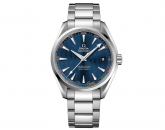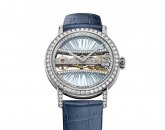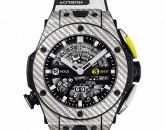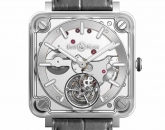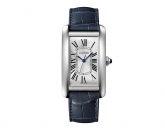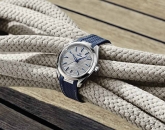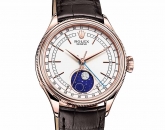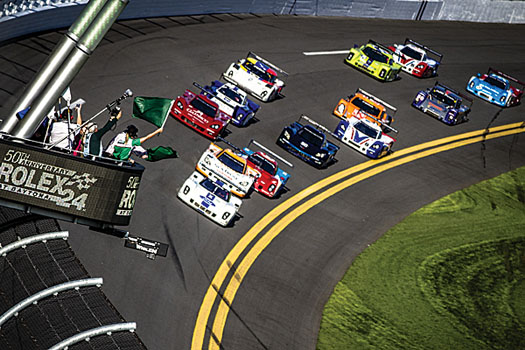
Becoming the Cosmograph
While Rolex had been making chronographs since the 1930s, it was in 1963, a year after the first 24-hour endurance race at Daytona that the company decided to categorise a line dedicated to racing. It was a design ahead of its time: the Rolex Cosmograph Daytona was a highly sporty mechanical model in stainless steel, with a precision stop watch measuring time to one-fifth of a second. It was the company’s first watch with contrasting coloured sub-dials (all the past models were monochromatic) and the tachymeter scale used for measuring speed was moved from the dial to the bezel. These details made the watch easier to read, and are among the reasons why the Rolex Daytona is so easily recognisable.
What elevated the watch’s success to an iconic status was probably actor and race driver Paul Newman, who from the 1970s, wore a Cosmograph Daytona to his races and even around Hollywood. The model he wore - with a dial featuring a seconds track on a band the same colour as the three sub-dials - would become so famous that it’s now unofficially named after him.
Since then, the timepiece has been continuously associated with distinguished drivers, from Sir Jackie Stewart to Hurley Haywood (Daytona’s most titled champion).
Since the mid-1960s the Cosmograph Daytona has been the winner’s trophy at the Rolex 24, regarded as a token of endurance for the best racing drivers in the world. When asked about his thoughts on the race, this year’s winner, Scott Pruett said, "It’s all about the watch." A few days later, Pruett led his team to their fifth Rolex 24 victory.
The watch has also seen many versions. In 1965, screw-down chronograph pushers were introduced with a black bezel. In 1988, the Cosmograph Daytona was introduced with an automatic movement. The new-generation base calibre 4130, with a vertical clutch, Rolex’s shock-resistant Parachrom hairspring, and an increased power reserve of 72 hours (from 50) was introduced in 2010. It was the first movement to have the word ‘Daytona’ engraved on the oscillating weight.
One of the most sought-after models from Rolex, the Cosmograph Daytona continues to top the company’s bestseller list. At one point certain models had a three-year waiting list, and many command impressive prices on the auction market.
Half a century later, the Cosmograph Daytona continues its evolution. The latest model, presented in Baselworld this year, comes in 40mm platinum and features a eye-catching ice blue dial with the impact- and weather-resistant monobloc Cerachrom bezel and sub-dials in chestnut brown. The watch features the self-winding 4130 chronograph calibre.
While the watch will forever be linked to the Daytona International Speedway, the Cosmograph Daytona has also supported races around the world. The watch is the official timepiece for the 24 Hours of Le Mans, with the chronograph worn by eight-time winner Tom Kristensen. This year Rolex also became one of the principal partners for Formula 1.
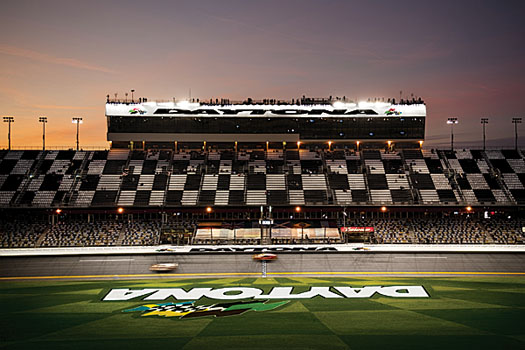
Pages
Click here to see the published article.


